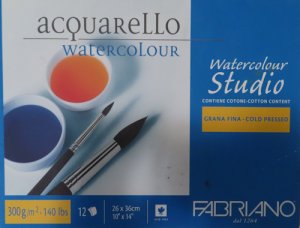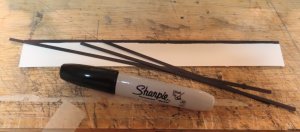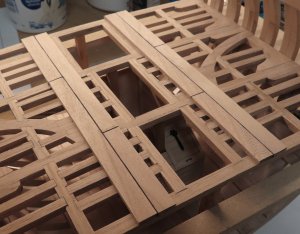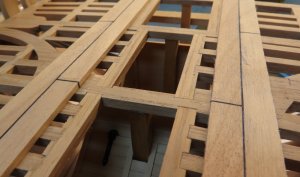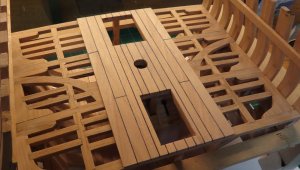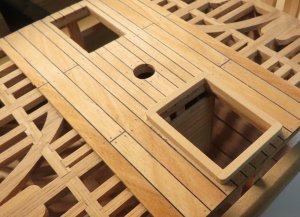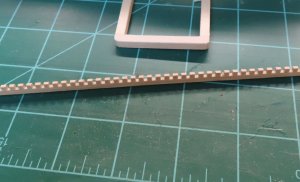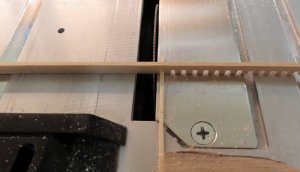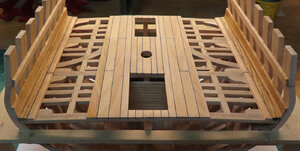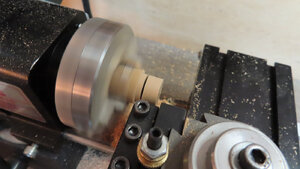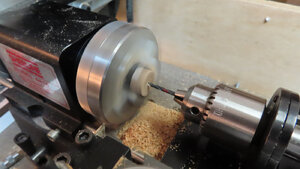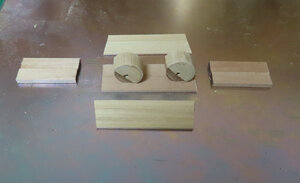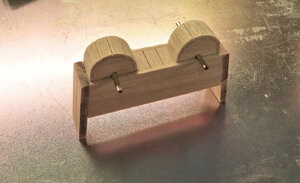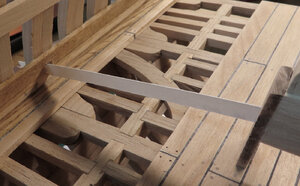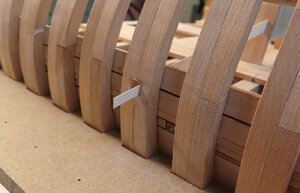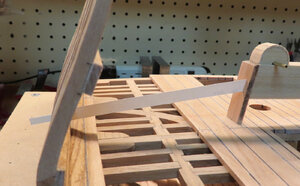According to the AOTS Blandford book, the lower deck has two "Binding Planking" strips on each side.
I wanted to add caulking so according to my calculations, it just so happen that the Admiral had some Water Color Paper that is .48mm thick. So, that seems within reason. The paper has a nice roughness to it like caulking. I used a fat sharpie and colored each side. The Sharpie bled through the paper (which is what I wanted) so the color will be all the way through.
I included the image of the WaterColor booklet.
I am not sure if I can explain how I did this, but I would glue down one plank. Let it dry. I would NOT use any glue for the caulking, (the paper is really stiff) but rather, I would prepare the next plank to be put next to the other plank. BEFORE I laid down the plank, I only laid the slip of black paper down up against the first plank and then pressed the planks together. When the glue dried on the second plank, the caulking is in and is not going anywhere. This way, I did not have any glue mess on the black strip of paper.
Then I have the Mico-Mark mini chisel set. The wider chisel very easily trimmed the excess black paper even with the surface of plank. To finish it off, then I have a mini hand plane. To my surprise, none of this activity tore the paper, but made a nice clean surface.
The other planks on the Lower deck will not be as wide. The Binding Planks are much wider. There is also a wider plank that runs right down the center and that will be added next.
. . . to be continued of course.
ps. I cut the strips much wider (or taller).
pss I know I have to add the trenails.
I wanted to add caulking so according to my calculations, it just so happen that the Admiral had some Water Color Paper that is .48mm thick. So, that seems within reason. The paper has a nice roughness to it like caulking. I used a fat sharpie and colored each side. The Sharpie bled through the paper (which is what I wanted) so the color will be all the way through.
I included the image of the WaterColor booklet.
I am not sure if I can explain how I did this, but I would glue down one plank. Let it dry. I would NOT use any glue for the caulking, (the paper is really stiff) but rather, I would prepare the next plank to be put next to the other plank. BEFORE I laid down the plank, I only laid the slip of black paper down up against the first plank and then pressed the planks together. When the glue dried on the second plank, the caulking is in and is not going anywhere. This way, I did not have any glue mess on the black strip of paper.
Then I have the Mico-Mark mini chisel set. The wider chisel very easily trimmed the excess black paper even with the surface of plank. To finish it off, then I have a mini hand plane. To my surprise, none of this activity tore the paper, but made a nice clean surface.
The other planks on the Lower deck will not be as wide. The Binding Planks are much wider. There is also a wider plank that runs right down the center and that will be added next.
. . . to be continued of course.
ps. I cut the strips much wider (or taller).
pss I know I have to add the trenails.



